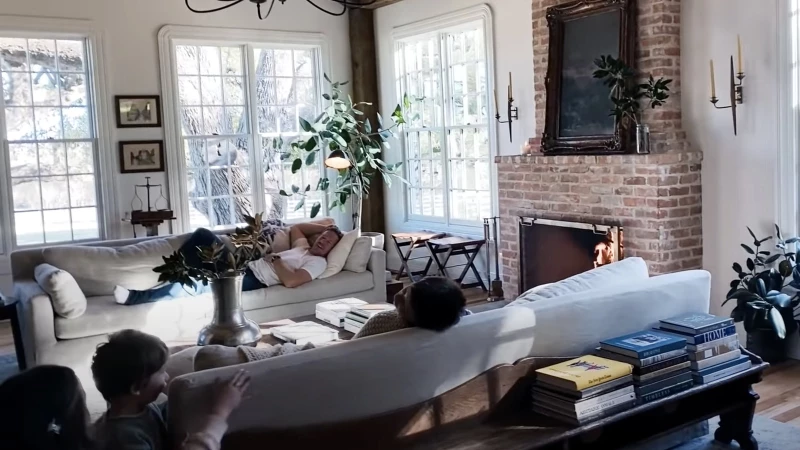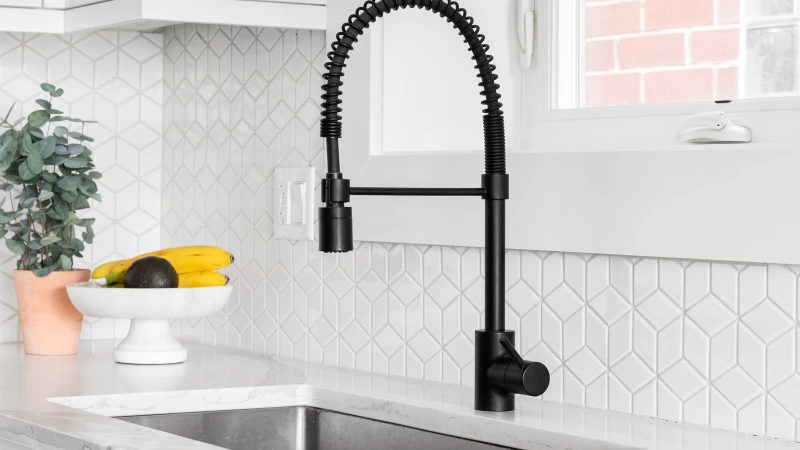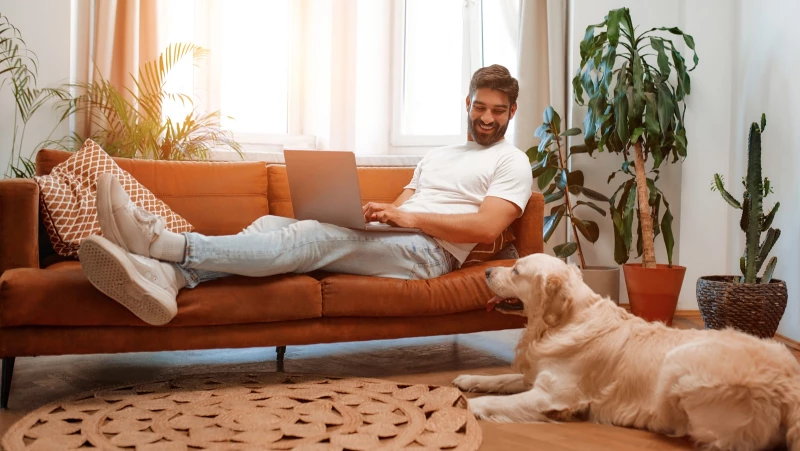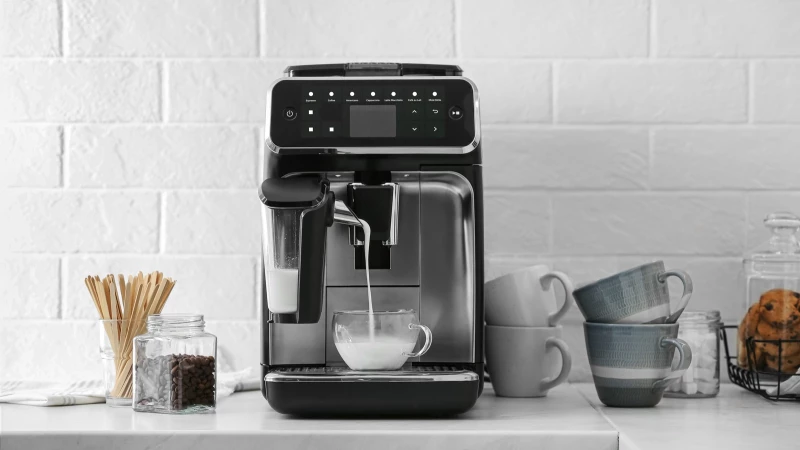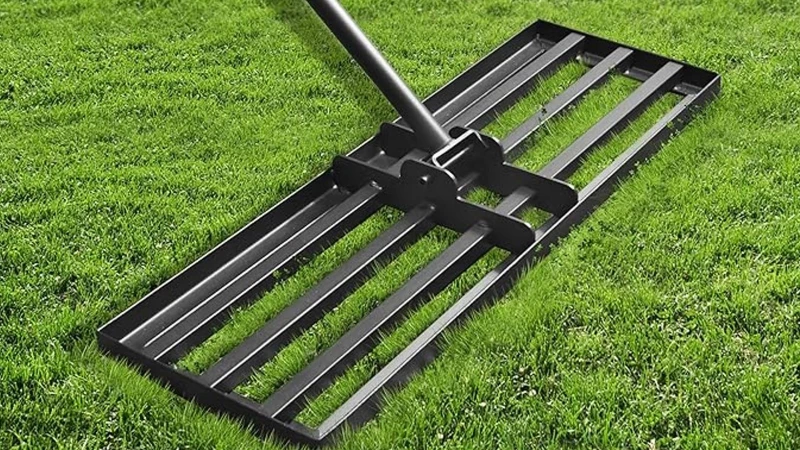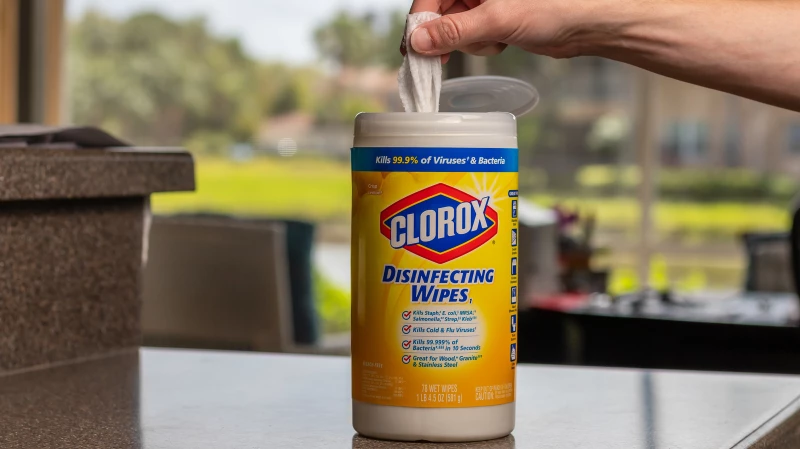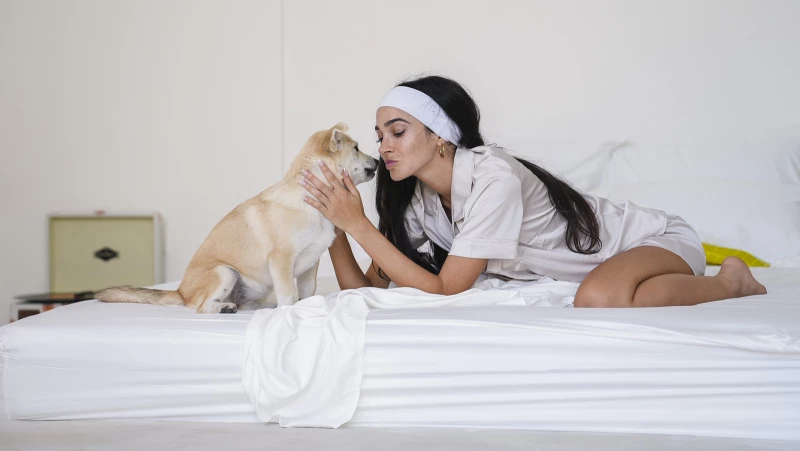Keeping your furniture in pristine condition is challenging when toddlers run around your house daily with food or sippy cups in their hands, climbing on chairs and sofas, and rolling around the carpet. While accidents are bound to happen, and baby-proofing areas around your home can only help so much to prevent spills on the furniture, some stains can be tough to eliminate. However, taking precautions by adding a protective cover to your furniture can help keep them clean longer, or spraying the furniture's surface with a liquid fabric protector can ease the nerves when you see your toddlers sitting on the couch eating their snacks.
Interior designer and HGTV's "Fixer Upper" star Joanna Gaines has many cleaning tricks we should all be following, especially when she suggests using Scotchgard to protect your furniture. "The rule has always been you eat in the kitchen or the dining room. We've always had light furniture, and it's just been a rule ever since they were little," Gaines told Southern Living (via Yahoo). A mother's instinct is never wrong either, so she took preventative measures by applying Scotchgard to her couches to ensure they were safe.
How to adequately use Scotchgard
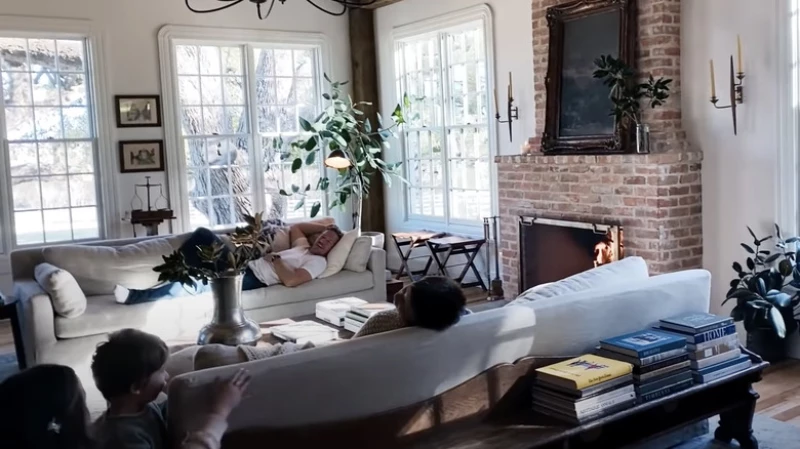
Scotchgard was designed in the 1950s by a couple of chemists at 3M Company, where they created a fabric water shield that helps protect high-traffic areas like furniture, rugs, and carpets from getting stained by water-based spills. Using the solution creates a layer on top of the fabric's fibers; the barrier prevents any spill from binding with the material and developing permanent stains. When spillage occurs, you'll see the liquid form bubble-like spots on the surface that you can effortlessly sweep, vacuum, or mop without sinking into the fibers. However, it's vital to note that the spill should be cleaned up immediately because if it's left alone for too long, it can find a way to sink into the fabric and create a stain.
Precautions to consider when applying Scotchgard
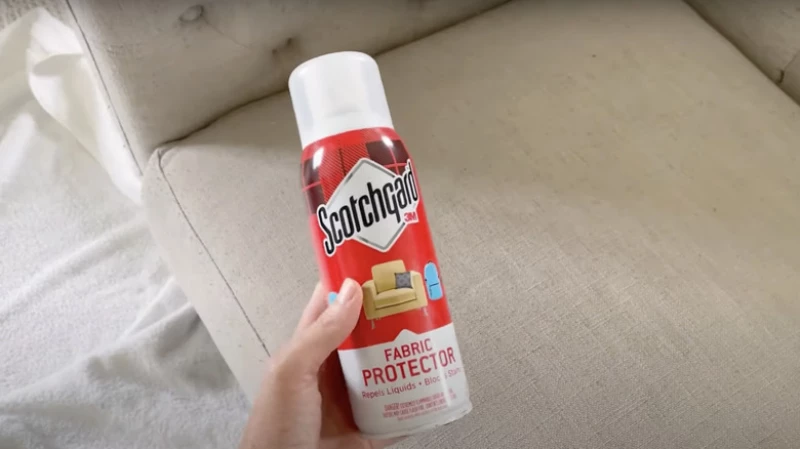
Scotchgard changed the formula of its original fabric protector in 2003 due to chemical ingredients that imposed a potential health risk on the environment and humans, according to The New York Times. Instead of using fluorocarbon (PFOS), a synthetic chemical that builds up in the body, the new formula ingredient is perfluorobutane sulfonate (PFBS), which Scotchgard claims to be non-toxic. Yet, according to a study from Science of The Total Environment, the compound can still negatively affect the lungs, especially in children with asthma. 3M suggests using the product outside or in a well-ventilated area to prevent inhaling the spray and reduce health risks. Even though you can take the proper precautions to use this product carefully and safely, it's best to use a mask when using this product and apply it with children out of sight.
Scotchgard customers have recently discovered that the formula change in the product may lead to discoloration when applied. Several product reviews have reported instances where the water shield version of Scotchgard caused a change in color. One customer sprayed the original fabric protector on two upholstered chairs and used the water shield on another chair, only to find that the water shield altered the color of the chair. Another customer experienced discoloration when using the water shield on their shoes. It is recommended to always perform a patch test before applying the protective spray to the entire surface of furniture, clothing, or shoes to assess any potential reactions. When used correctly and with proper precautions, Scotchgard can effectively protect furniture, just like it has for the Gaines family.

